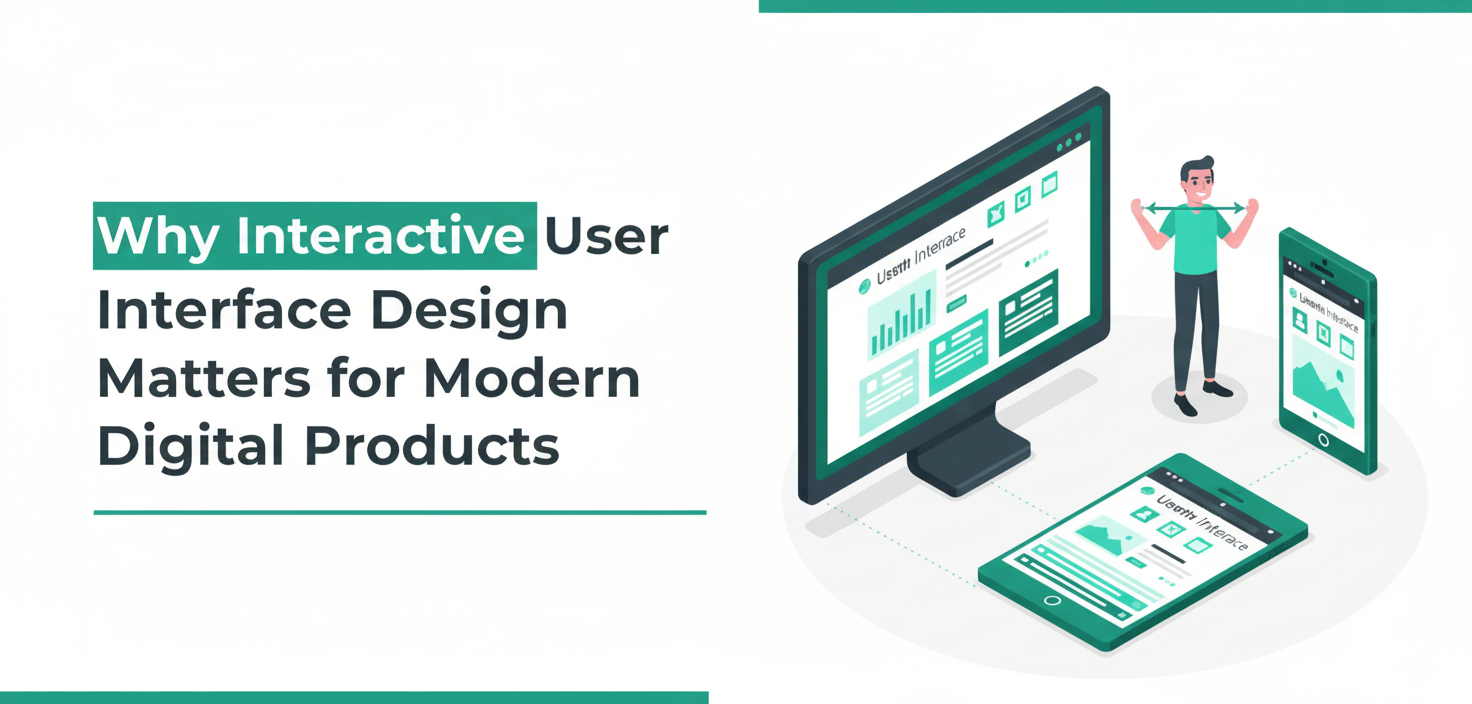What Is UX Design and Why It Matters for Your Website

In today’s rapidly evolving digital landscape, User Experience (UX) design has become a cornerstone of successful websites. Whether you run an e-commerce store, a personal blog, or a corporate website, UX design for websites can make the difference between a visitor staying on your site or leaving in frustration. In fact, research shows that users make a judgment about a website within seconds, often based purely on its usability and visual appeal. This means that your website’s user experience can directly impact engagement, conversions, and overall brand perception.
But what exactly is UX design, and why does it matter so much for modern websites? Let’s dive in.
Understanding UX Design
User Experience (UX) Design is the process of enhancing user satisfaction by improving the usability, accessibility, and pleasure provided in the interaction between the user and a product. On a website, this translates to designing interfaces that are intuitive, visually appealing, and easy to navigate.
UX design is not just about making a website look good—it’s about making it work well. It ensures that visitors can effortlessly find what they need, interact with your content, and complete their goals without frustration.

Key Components of UX Design
- User Interface (UI) Design:
This involves the visual elements of your website—the layout, colors, buttons, menus, and images. UI design focuses on aesthetics, but good UI also supports usability and accessibility. - Information Architecture:
Organizing content in a logical structure so users can find what they need quickly. This includes navigation menus, headings, categories, and search functionality. - Interaction Design:
How users interact with your website elements. This includes button clicks, hover effects, scrolling, forms, and other interactive features. - Usability Testing:
Real-world testing with actual users ensures your website is easy to use, intuitive, and free from common errors or navigation problems. - Accessibility:
Designing your website so that all users, including those with disabilities, can navigate, read, and interact with your content effortlessly.
High search volume keywords to include: UX design, UI UX, user experience design, website UX.
Why UX Design Is Crucial for Your Website
A website isn’t just an online brochure; it’s a powerful tool for connecting with your audience. A well-executed UX strategy can help your site achieve multiple business goals.
1. Increases Conversions
A website that is easy to navigate and visually appealing encourages users to take action. Whether it’s signing up for a newsletter, filling out a contact form, or making a purchase, good UX boosts conversions. For example, Amazon’s one-click checkout is a classic UX solution that simplifies buying and encourages more sales.
2. Reduces Bounce Rate
Websites that are confusing, cluttered, or slow-loading frustrate users, leading them to leave immediately. Implementing UX design best practices ensures a smooth, engaging, and frictionless experience that keeps visitors on your site longer.
3. Builds Brand Credibility
Your website is often the first impression users have of your brand. A clean, professional, and well-functioning site conveys trust and authority, helping to establish a strong brand presence online.
4. Improves SEO
Search engines like Google increasingly prioritize websites that provide excellent user experiences. Factors such as fast loading speed, mobile responsiveness, and intuitive navigation can indirectly improve your search rankings, making UX design a key part of SEO strategy.
Long-tail keywords to include: UX design for websites, why UX matters for websites, improve website UX, user experience design best practices.
Core Principles of Effective UX Design
To create a website that users love and return to, focus on these UX principles:
- Consistency:
Keep your navigation, colors, fonts, and style uniform across all pages. Consistency creates familiarity and reduces confusion. - Clarity:
Ensure your content is readable and understandable. Avoid jargon and present information in digestible chunks. - Accessibility:
Design for all users, including those with disabilities. Use alt text for images, proper color contrast, and accessible forms. - Feedback: H3 tag
Provide visual cues when users interact with your website. For example, buttons should change color on hover, and forms should confirm submission. - Performance:
Optimize loading times and ensure mobile responsiveness. Users expect fast websites, and even a one-second delay can significantly impact bounce rates.
How to Implement UX Design on Your Website
Implementing UX design is a structured process that combines research, planning, testing, and optimization. Here’s how to approach it:
- Research Your Users: Understand your target audience’s needs, preferences, and pain points. Conduct surveys, interviews, and user testing to gather actionable insights.
- Create Wireframes and Prototypes:
Map out your website’s structure before development. Wireframes help visualize content placement, while prototypes allow you to test functionality and flow. - Test and Iterate:
Use tools like A/B testing, heatmaps, and analytics to measure user behavior and identify areas for improvement. UX design is an ongoing process, not a one-time task. - Monitor Analytics:
Continuously track metrics like session duration, bounce rate, and conversion rate to refine your design and ensure a superior user experience.
Common UX Mistakes to Avoid
Even small UX mistakes can frustrate users and damage your website’s performance. Avoid these common pitfalls:
- Overloading pages with information or clutter.
- Ignoring mobile optimization; most users browse on smartphones.
- Poor navigation structure, making it hard for users to find what they need.
- Slow loading times that drive visitors away.
- Lack of accessibility features, which alienates a portion of your audience.
The Future of UX Design
As technology evolves, so do user expectations. Websites are increasingly integrating AI-powered chatbots, voice search, and personalized content to improve user experience. UX designers are now focusing on creating human-centered, inclusive, and interactive experiences that go beyond aesthetics to deliver real value.
Investing in UX design for websites is no longer optional—it’s essential. Whether your goal is to increase conversions, improve SEO, or strengthen your brand credibility, a well-designed website provides measurable business results.
Conclusion
A website is more than just a digital presence—it’s an interactive platform where users form opinions about your brand within seconds. By understanding user experience design principles and implementing them effectively, you ensure your website delivers a seamless, enjoyable, and engaging experience. From reducing bounce rates to building credibility and boosting conversions, the benefits of UX design are undeniable.
Remember, good UX design is not a one-time effort. It’s an ongoing commitment to understanding your users, testing new ideas, and continuously optimizing your website to meet evolving needs. Invest in UX today, and your website will not only attract visitors—it will delight them, convert them, and keep them coming back.
Related Articles
Stay updated with articles that explore design, strategy, and innovation. My blog offers tips, case studies, and reflections on the latest trends and best practices in the industry.

.png)
